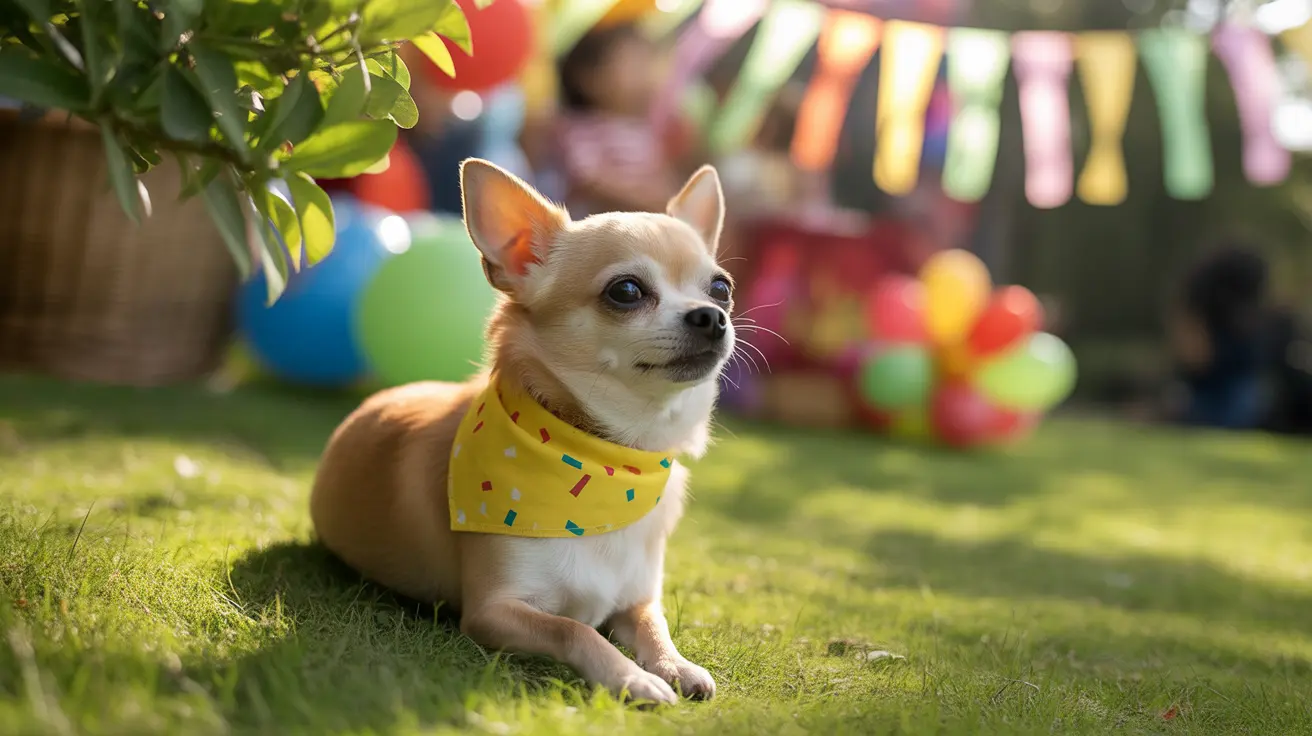The Rhodesian Ridgeback: The Heartbreak Breed Explained
The Rhodesian Ridgeback, often referred to as the heartbreak breed, is a compelling and majestic dog that captivates dog lovers with its beauty, strength, and dignified presence. Originating in southern Africa, this large, muscular breed was originally designed to track and bay lions as well as protect homesteads from wild threats. But why exactly is it called the “heartbreak breed”? The term reflects the intense emotional bond owners develop with Ridgebacks and the challenges they can present due to their independent and powerful personalities.History and Origins
- Developed in South Africa and Zimbabwe (formerly Southern Rhodesia)
- Created by crossing local African ridged dogs with European breeds like Greyhounds, Mastiffs, Bulldogs, Terriers, and Great Danes
- Refined by Cornelius van Rooyen in the late 19th century
- Used to track and hold lions at bay, hence the nickname “African Lion Hound”
Distinctive Features
- Ridge of hair growing backward along the spine
- Short, glossy coat in wheaten shades, from pale flaxen to red
- Typically weighs between 70–85 pounds and stands 24–27 inches tall
- May have a black or liver-colored nose
- Occasionally born ridgeless—ineligible for shows but great companion pets
Temperament and Behavior
Rhodesian Ridgebacks are known for their intelligence, fierce loyalty, and independence. They form deep bonds with their families and are protective without being aggressive. However, their reserved nature with strangers and dominance can be misunderstood or mishandled, especially by inexperienced dog owners.
- Loyal and affectionate with families
- Aloof and reserved with strangers
- Prone to independence and occasional stubbornness
- Strong prey drive due to hunting background
- Benefit from early socialization and positive reinforcement training
Why the “Heartbreak Breed”?
The term “heartbreak breed” is lovingly applied to Ridgebacks for several reasons:
- Their stunning looks and unique ridge often attract attention, but their temperament is not for everyone.
- They can be overwhelming for novice owners due to their size, strength, and independent nature.
- They tend to form deep, emotional bonds with their humans, making their eventual passing especially heartbreaking.
- Ridgebacks can become destructive if not properly exercised or mentally stimulated.
Exercise and Living Requirements
Due to their athleticism and high energy, they require daily physical activity and mental challenges.
- Daily walks or runs
- Activities like agility, obedience, lure coursing, and hiking
- Secure, fenced yard highly recommended
- Prone to digging and chewing if bored
Health Considerations
Generally a sturdy breed, Ridgebacks are still susceptible to certain genetic conditions.
- Hip and elbow dysplasia
- Dermoid sinus—a congenital spinal defect
- Hypothyroidism
- Common eye disorders (e.g., cataracts, entropion)
- Bloat—risk reduced by feeding smaller meals and limiting post-meal activity
- Deafness in some bloodlines
They typically live between 10–12 years, with some reaching up to 15.
Grooming and Maintenance
- Low maintenance coat—weekly brushing is sufficient
- Monthly bathing or as needed
- Regular nail trimming and ear cleaning
- Moderate shedding and minimal odor
Feeding and Nutrition
- High-quality commercial or home-prepared diets recommended
- Puppies need large-breed puppy food
- Treats should be limited to avoid obesity
- Known for counter surfing—requires food management
Is the Ridgeback Right for You?
This breed is ideal for experienced dog owners who can provide structured training, routine exercise, and firm but loving guidance. Though they are patient and affectionate with children, supervision is recommended due to their exuberance and size. Ridgebacks may not be suitable for households with small pets unless introduced and raised together in a controlled environment.
With the right environment and care, the Rhodesian Ridgeback will reward its family with loyalty, grace, and devotion—making the heartbreak worth it.





